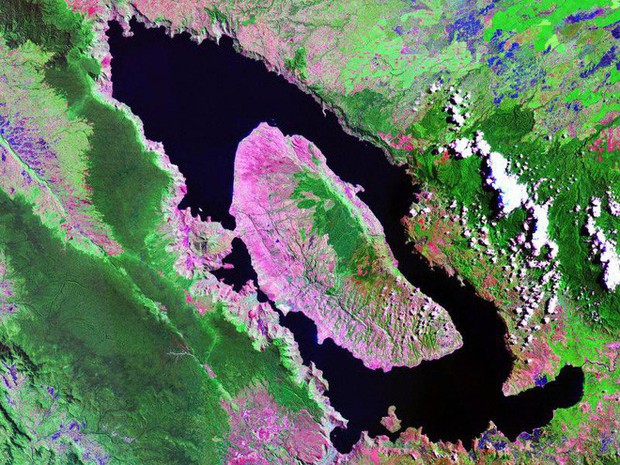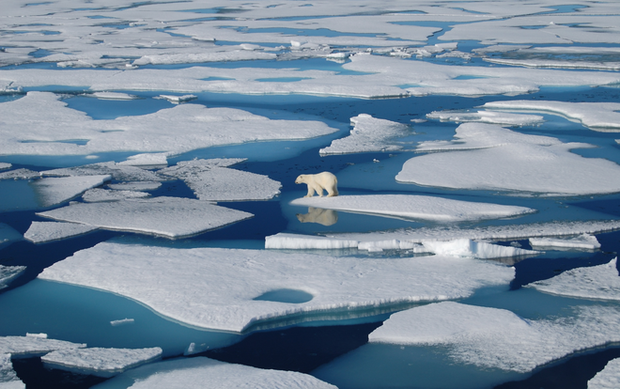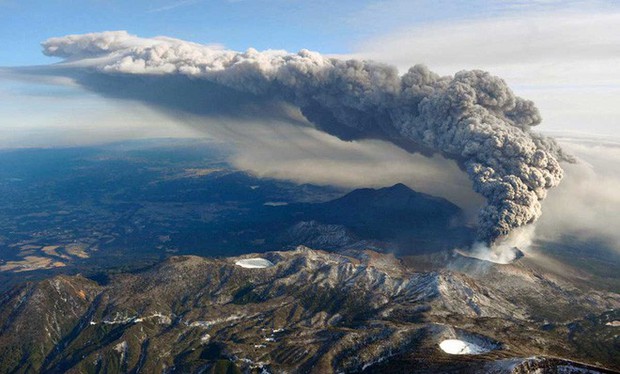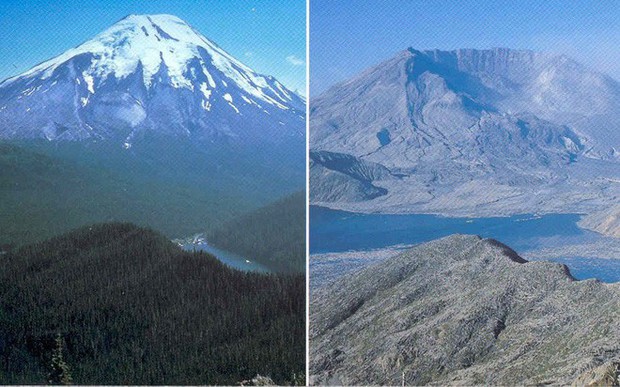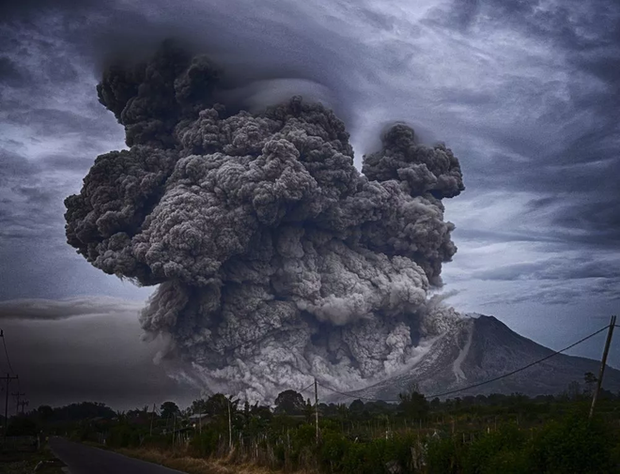The controversial theory has generated many mixed opinions about when people were all but extinct.
In the list of the 40 largest volcanic eruptions in the history of the Earth analyzed and evaluated by scientists, there is a bright spot: the largest eruption of the last million years is very likely to provoke the first inhabitants of the birth of mankind had to suffer.
It was Toba’s catastrophe, accompanied by a terrifying and frightening theory.
This Toba rash is real, however, here is a series of theories analyzed by scientists based on the evidence found. There may or may not have been the events that followed Toba’s eruption.
The rash
The Toba super-volcanic eruption took place approximately 75,000 (± 900) years ago, in what is now Lake Toba, Sumatra, Indonesia. The Toba disaster hypothesis claims that the volcanic eruption caused a volcanic winter – a phenomenon caused by the eruption of volcanic ash.
At the same time, because sulfuric acid particles and water particles block light coming from space, increasing the ability to reflect solar radiation for 6 to 10 years, so that the Earth takes 1000 years to cool down to normal temperature. .
The volcanic explosion category (VEI) for this eruption is 8, the highest number on the list of eruptions known to man. This is the main reason that constitutes the 100×30 km area in Indonesia. It is estimated that the Toba eruption removed 2,800 km3 of magma (approximately 7,000,000,000,000,000 kg = 7 trillion tonnes), with 800 km3 of ash. Geological samples taken in the South China Sea show that the figure of 2,800 km3 for the quantity of Toba released is still modest.
The figures above indicate that the Toba eruption is 100 times the size of the largest volcanic eruption in modern history, the Tambora volcano erupting also in Indonesia, causing the “Summer Zero” of 1816 in the hemisphere. North. A mass of ash about 15 cm thick covered South Asia, stretching across the South China Sea to the Indian Ocean.
Volcanic winter and cooling period, calculated by computer simulation
Biologist Michael R. Rampino and volcanologist Stephen Self claim that the eruption caused a prolonged “volcanic winter”, causing the Earth’s surface temperature to drop as low as 3 to 5 degrees Celsius. taken from Greenland ice cores shows that in Earth’s history there was a range of low temperatures that lasted for about 1000 years.
The two scientists believe that the volcanic eruption was the cause of the prolonged “volcanic winter”, they believe that at that time the global cooling was in progress, the Toba eruption was already “a drop of ‘water spills a glass’ from 75,000 years ago. Volcanic scientist Clive Oppenheimer refused to accept the “spill” hypothesis, but agrees that the Toba eruption caused a cooling of the global climate.
According to the analysis of Alan Robbock, the scientist who has numerous studies on nuclear winter, the Toba eruption did not bring Earth into the Ice Age. But because the eruption was so large, about 6 billion tonnes of sulfur dioxide were released into the air, Robbock’s computer mockup shows that the Earth has cooled by about 15 degrees C in 3 years, reducing global temperatures last for decades, making it difficult for life on Earth to continue to exist.
The climate gradually recovered over the next several decades, but Robbock found no connection between the Toba eruption and the 1,000-year low temperature range, as Greenland ice indicates, or any evidence. prove the “drop of water overflow” event just mentioned.
Although scientists’ estimates vary, they all agree that the Toba eruption threw a huge amount of gas and ash into the air, enough to affect the global weather and climate. .
The controversial theory of Toba’s eruption almost led to the destruction of Homo sapien, the human ancestor.
Researchers have long known that modern humans do not have the same biological diversity of primates as chimpanzees or gorillas, even though our individuals number in the billions. There is a reason for this: It is possible that humans have experienced a “population bottleneck” event – much of the species has been destroyed or has no means of reproduction, which means results in populations of individuals. reduced.
It is suspected that the volcanic eruption of Toba is linked to this event. According to the Toba disaster hypothesis, between 50,000 and 100,000 years ago, the number of individuals fell to only 3,000 to 10,000. Some scientists believe that the Toba eruption caused the Earth to enter a period of prolonged volcanic winter, depleting food resources.
St. Helens Volcano, before and after the eruption.
This hypothesis is met with mixed opinions. Stone tools were found in India on the ashes of the Toba eruption, suggesting that Toba did not cause the Homo sapien massacre.
Evidence found in northern and southern India indicates that volcanic ash did not affect human life too much.
But the forests of South Asia have been badly affected, leading the indigenous inhabitants to find ways to adapt to new life. The researchers mentioned the possibility that the Homo sapien species found a way to survive the terrible Toba eruption, so that they could develop further, replacing other human races, such as the Neaderthals. .
Epilogue
The fact that humans were able to face catastrophic destruction is truly frightening for the hair on the back of the neck. It is possible that the Homo sapien species did not survive the hunter-gatherer period, using stone tools to build tall houses, living in modern society today. Fortunately, life still finds its own way, has survived all disasters that threaten destruction, or at least until now.
Each time, we are faced with different disasters: we are faced with the danger of waste, depletion of natural resources, population explosion. Not to mention the dangers of space: meteors, solar storms or even extraterrestrials …
This is why I am considering moving to another planet to live there.



